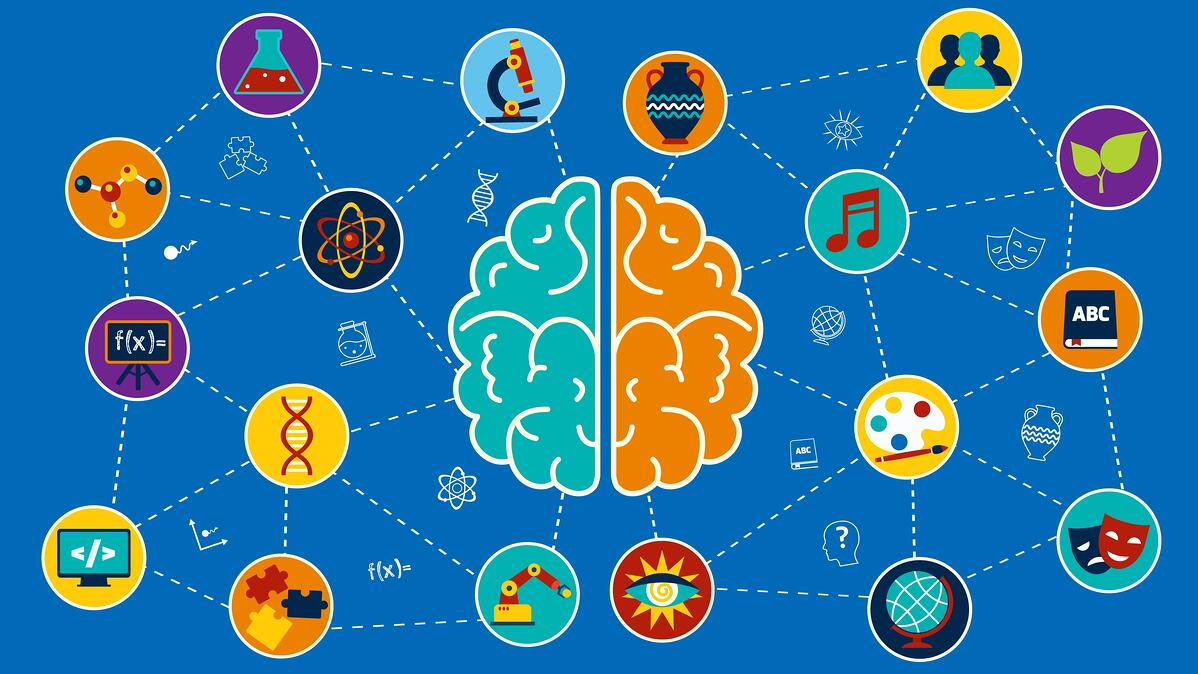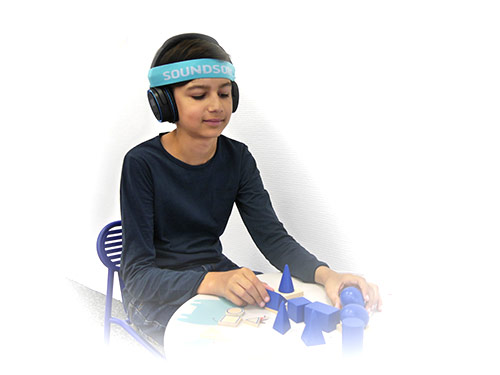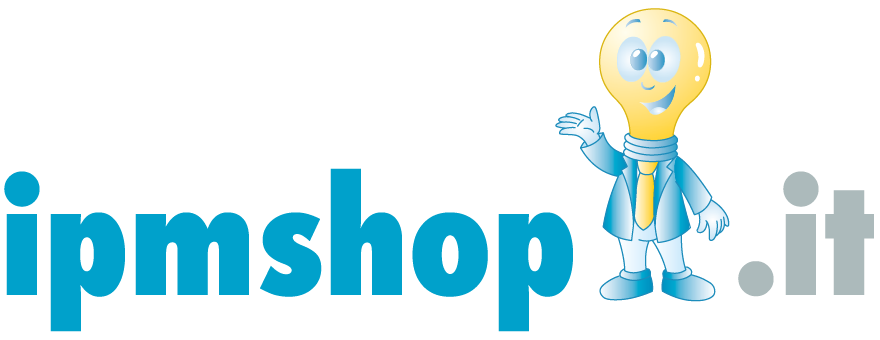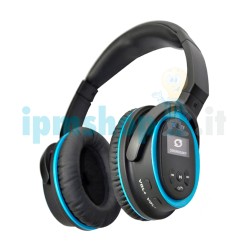Improving Cognitive and Motor Skills with Soundsory
In the modern world, where technology and scientific research come together to create innovative solutions, a particular methodology is emerging that is revolutionizing the improvement of cognitive and motor skills: Soundsory®. It's not just an audio program, but a comprehensive approach that engages the brain through targeted sensory stimuli. In this article, we will explore how Soundsory® is transforming the way we address cognitive and motor challenges, who benefits from it, and why this methodology is so effective.

Where is Soundsory® Used?
Soundsory® is not confined to a single location or environment. It is a flexible program that can be used anywhere, from schools to motor therapies, from private practices to homes. It is designed to adapt to the needs and circumstances of its users, offering an accessible and convenient solution to improve cognitive and motor skills.
In educational settings, Soundsory® can be integrated as part of specialized learning programs to help students develop attention, memory, and learning skills. In rehabilitation centers, it is used to facilitate recovery after brain injuries or to improve motor skills in people with disabilities or movement disorders. Even at home, families can benefit from Soundsory® to promote the cognitive and motor development of their members, offering an effective and fun method to achieve desired goals.
Who Are the Subjects Interested in Soundsory®?

The subjects interested in Soundsory® are diverse and variable, as the program is designed to adapt to a wide range of ages and conditions. Children with attention and learning disorders can benefit from Soundsory® to improve concentration and learning ability. Adults with brain injuries or motor disorders can use it to facilitate recovery and improve quality of life. Families looking for innovative ways to promote the cognitive and motor development of their children may find Soundsory® to be an effective and stimulating option.
Specifically, here are some case studies where Soundsory has been able to bring improvement and support:
- Children with attention and learning disorders | These children can benefit from using Soundsory® to improve concentration, attention, and learning abilities. The program offers them a multisensory approach that stimulates the brain in different ways, thus facilitating information processing and learning.
- Children with motor disabilities or movement disorders | For children with motor disabilities or movement disorders, Soundsory® can be used to improve motor skills and coordination. The body vibrations integrated into the program help stimulate muscles and promote the development of motor control.
- Adults with brain injuries | Adults who have suffered brain injuries can use Soundsory® as part of their rehabilitation journey. The program helps facilitate recovery and improve cognitive and motor functions compromised by brain injury. Additionally, it offers a stimulating and engaging method to promote the resumption of daily activities.
- Adults with neurological disorders | Individuals with neurological disorders such as Down syndrome, autism, or multiple sclerosis can benefit from using Soundsory® to improve their cognitive and motor abilities. The program offers them a personalized and adaptable approach that caters to their specific needs and promotes the development of stronger and more efficient neural connections.
- Families seeking stimulating alternatives | Families looking for innovative and stimulating ways to promote the cognitive and motor development of their members may find Soundsory® to be an interesting option. The program offers a fun and engaging experience that can be shared by the whole family, thus promoting a shared learning and growth environment.
Why Use Soundsory®?
The main reason for using Soundsory® lies in its effectiveness in improving cognitive and motor skills. Through the combined use of audio stimuli and body vibrations, Soundsory® offers comprehensive sensory stimulation that engages both sensory processing systems. This multisensory approach is crucial for the full engagement of the brain and for promoting the development of stronger and more efficient neural connections.
Additionally, Soundsory® is designed to be fun and engaging, making the learning and rehabilitation experience more enjoyable and motivating. This is particularly important for children and adults who may be reluctant to engage in traditional learning or rehabilitation activities. Soundsory® offers an alternative path that stimulates interest and active participation.
How Does Soundsory® Help?
Soundsory® helps improve cognitive and motor skills through a series of mechanisms. Firstly, the combination of audio stimuli and body vibrations stimulates the brain in different ways, promoting the development of stronger and more efficient neural connections. Additionally, the program is designed to emphasize important sound frequencies through a patented dynamic filter, helping the brain process crucial sensory information more effectively for language, communication, and attention.
Furthermore, Soundsory® offers a personalized and adaptable experience, allowing users to progress at their own pace and focus on specific goals they wish to achieve. This makes the program suitable for a wide range of people with different needs and objectives.
In conclusion, Soundsory® represents a revolution in the field of improving cognitive and motor skills. Through its innovative and customizable approach, it offers an effective and stimulating solution for children and adults looking to enhance their cognitive and motor abilities, thus improving their overall quality of life.




